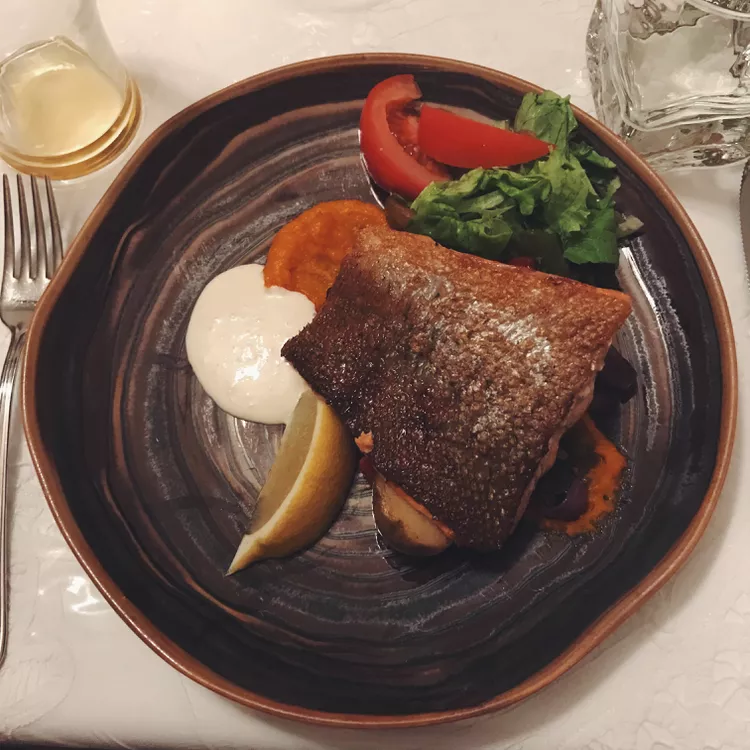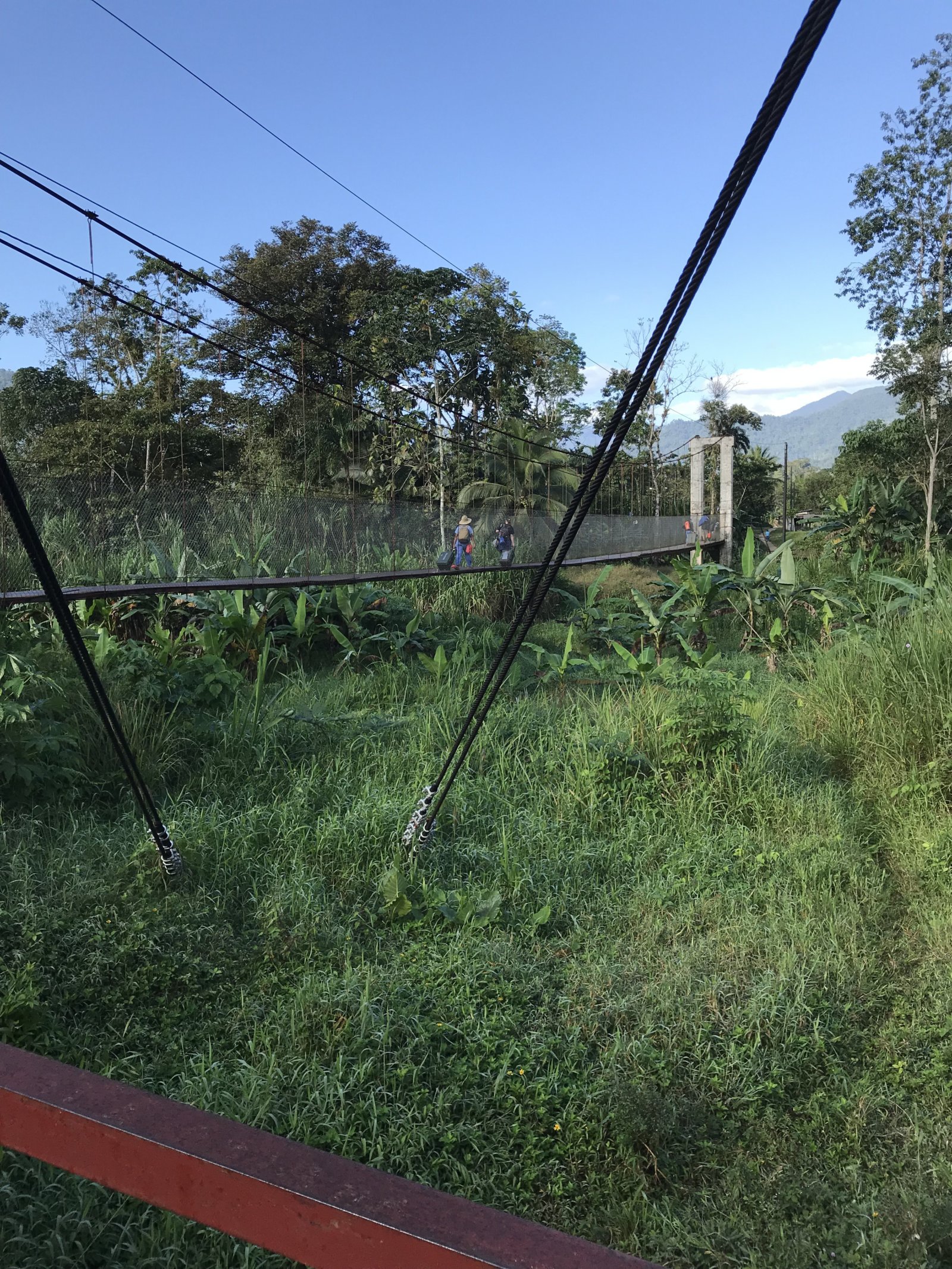Summary
Fresh Fish
Iceland’s robust fishing and aquaculture industries play a major role in the local diet and economy. The surrounding fisheries are about seven times the size of the landmass itself, and if you’re ordering Arctic charr anywhere in the world, it likely originated from Iceland’s waters. The country leads global production of this species, and there’s nothing quite like indulging in a fresh piece of Atlantic salmon, Atlantic cod, or charr right from its source. Today, Icelanders consume nearly 50kg of seafood per person annually, as reported by the UN’s Food and Agriculture Organization— that’s over 100 pounds per person, enjoyed approximately twice per week.
Skyr

Don’t confuse skyr with yogurt; it’s a unique skim-milk product closer to cheese. This strikingly tangy dish is often found at breakfast or dessert tables, and it boasts impressive levels of protein while remaining low in fat. Skyr’s popularity has soared, making it a staple at convenience stores despite its robust dairy production, which primarily supports Iceland’s culinary culture.
Rotten Shark

When an Icelander suggests trying rotten shark, you might want to think twice. This traditional dish, a remnant of the country’s past, is mostly consumed as a gag during Þorri, a month dedicated to old traditions. It’s notorious for its pungent smell, and many contemporary Icelanders avoid it except for special occasions. Nanna Rögnvaldardóttir, an esteemed food writer, humorously highlights this dish among others in her work titled Does Anyone Actually Eat This?
Brennivín (“Black Death”)
After tasting rotten shark, many locals rely on Brennivín, a potent schnapps known as “Black Death,” to cleanse their palate. This 80-proof spirit, infused with caraway seeds, boasts a distinctive flavor reminiscent of rye bread. For the best experience, it’s enjoyed chilled and swiftly — at places like Matur og Drykkur, it’s served in ice shot glasses for a unique touch.
Hot Dogs

Hot dogs are often dubbed Iceland’s national dish, but these are no ordinary hot dogs. They are made from a careful blend of lamb, pork, and beef, encased in a natural sausage skin. Topped with both raw and crispy onions, ketchup, sweet brown mustard, and a unique remoulade, these hot dogs are a favored treat available at many gas stations. For an iconic experience, visit Baejarins Beztu, a historic stand in Reykjavik known for its delicious offerings since the 1930s.
Lamb Soup

Icelanders take great pride in their lamb. With approximately 2,000 sheep farmers, these animals roam freely and graze on Icelandic moss and wild grass, producing a uniquely flavored meat. As autumn arrives, locals often indulge in warm lamb soup, filled with vegetables like carrots and potatoes, evoking a sense of nostalgia similar to America’s beloved chicken noodle soup.
Smoked Lamb

This same lamb, known for its flavorful meat, also transforms into a delicious cold cut. Smoky lamb is commonly served in thin slices atop buttered flatbread, particularly during the summer camping season. Moreover, this cured delicacy steals the spotlight on Christmas Day topped with a creamy béchamel sauce.
Fish Products

Approximately half of Iceland’s annual cod catch is transformed in salt fish factories along the coast, with salted fillets often featured in Reykjavik’s menus at various renowned restaurants such as Kopar Restaurant and Snaps Bistro and Bar. Locally smoked salmon and dried fish jerky, affectionately termed “hard fish,” are easily found in convenience stores. A great way to assimilate into the Icelandic lifestyle is to start your day with a spoonful of Lysi cod liver oil, rich in essential omega-3 and vitamin D, especially valuable during the shorter winter days.
Friðheimar Tomatoes

In Iceland, nearly all edible fruits and vegetables are cultivated in greenhouses under UV lights, providing an abundance of fresh tomatoes, cucumbers, and basil year-round. Friðheimar, a family-run farm located along the Golden Circle, stands out as the premier greenhouse operation, showcasing innovative sustainable practices. Established in 1995, it produces around 370 tons of tomatoes each year using geothermal energy. Visitors are welcomed to savor produce straight from the vine and enjoy an array of dishes at the on-site eatery, featuring tomato-centric offerings from soup to tomato beer and even tomato ice cream.





